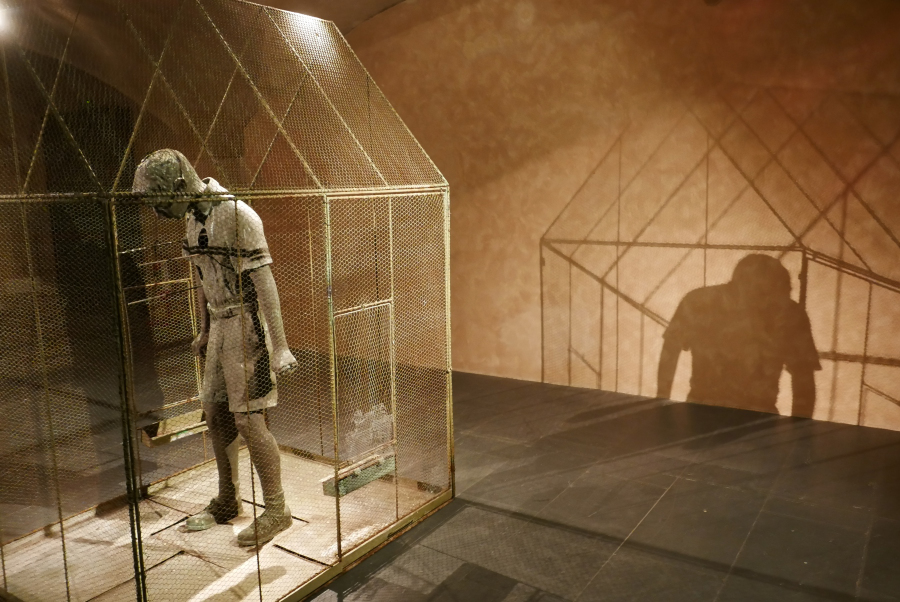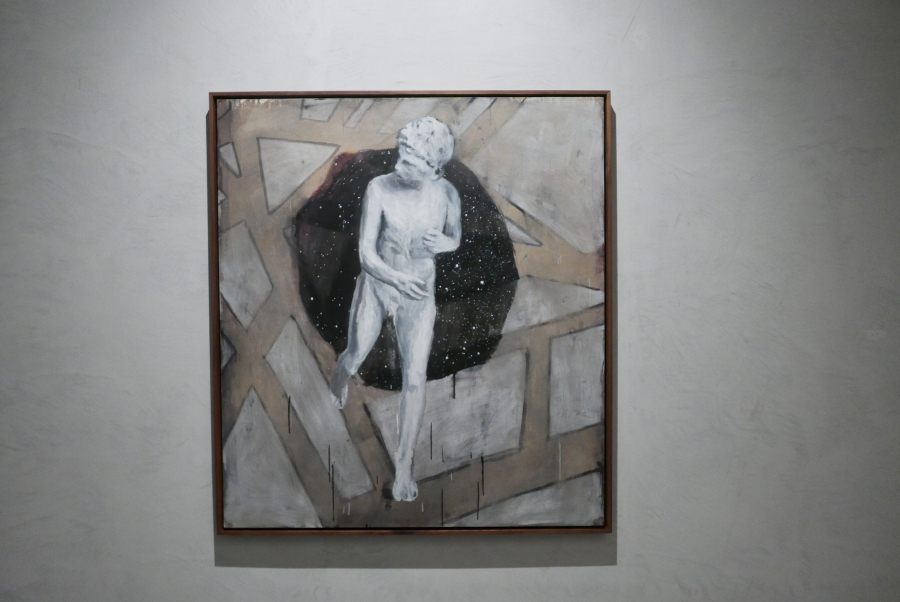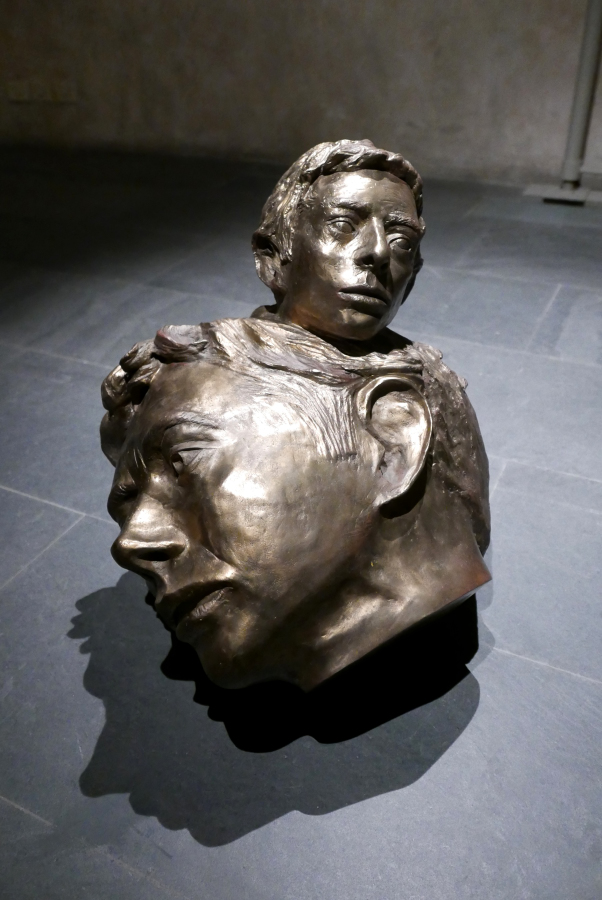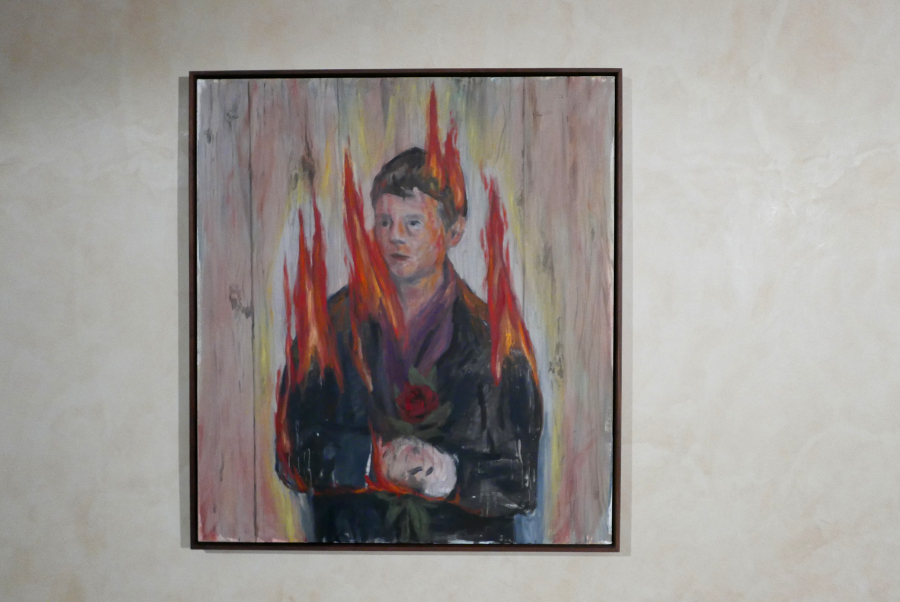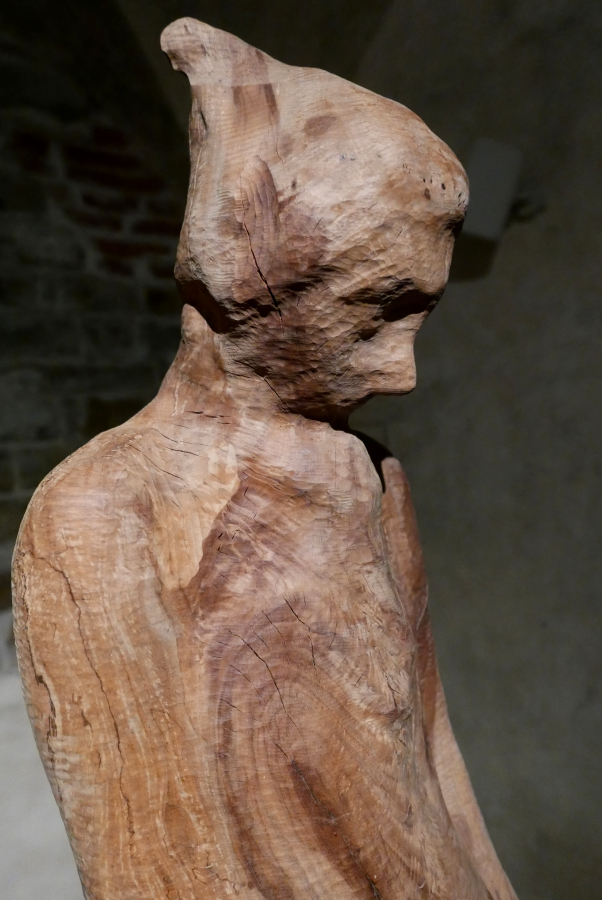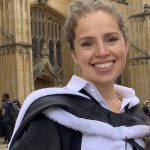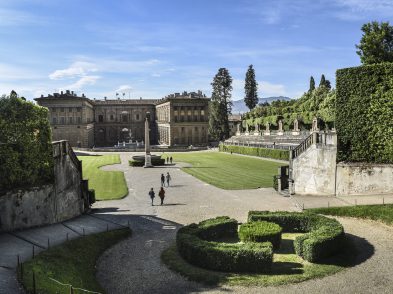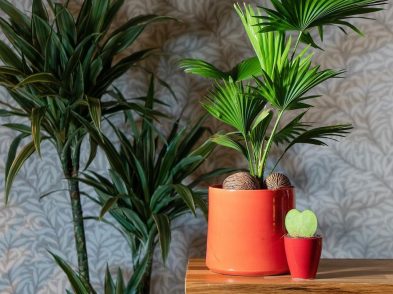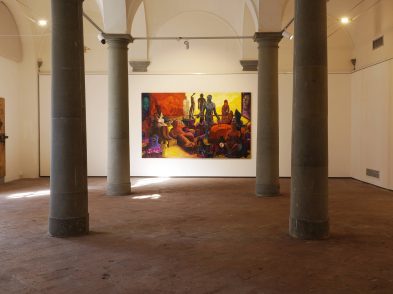Cuba-born artist Enrique Martínez Celaya spoke to The Florentine ahead of the opening of his sculpture exhibition Watching and Waiting. The show runs at Museo Marino Marini from March 30 to June 5.

What do you think sculpture can achieve that sets it apart from other artistic media, such as painting and writing?
Under certain conditions, the materiality of sculpture can have a more direct visceral response than painting and writing. This comes not only from the physicality of materials but also from how the sculpture announces the material’s resistance to alterations, thus embedding the work with effort, pain and time. Also, sculpture, by occupying our own space, insists on existence in a way that painting does not and activates its surrounding air with longing and silence. I am also interested in the role of witness that sculpture can have. This witnessing comes from a dynamic between the presence of a figure or an object, our projection of consciousness, and the work’s silent judgment.


In what ways does your scientific background influence your approach to artistic creation? Are there similarities between the two?
Science and mathematics work at the boundary of the known to make inquiries into the unknown, which is the same thing I try to do with my artwork. Art—or at least some art—also shares with science the creation of something out of nothing through a more or less systematic pursuit of what is perceived as incomplete. Another important legacy of science for me is freedom. The success of science has made the arts and humanities uncertain of their value. Many artists and people in the humanities have responded to this uncertainty with apologies or by borrowing the appearance of rigor and value from science. In my case, I left science for art because I needed and valued what it offers, so I don’t feel pressure to announce my rigor or intellectual capabilities. Art is its own validation.
How do you feel your work—and contemporary art more widely—sits within a Renaissance city?
The high standard created by the wealth of spectacular artworks in Florence can stifle contemporary art. Bringing art about is difficult, and it could be even more complicated when one compares what is coming from the studio with the Giotto down the street. It could also be intimidating to exhibit’s one’s work in a city that houses paintings by Botticelli or Masaccio, or to think of science and poetry in the town where Galileo and Dante worked. Nonetheless, I am very excited to exhibit my work in Florence and establish a conversation between the city’s unmatched artworks and history and my own. It is an honor to show my sculptures near Leonardo and Donatello, who were massive influences in my years as an apprentice, and I don’t mind if, by comparison to these artists, my work seems laughable. After all, art is always a battle for meaning and relevance, and what better place to get a perspective about one’s work and engage in the discourse of art than in Florence?

